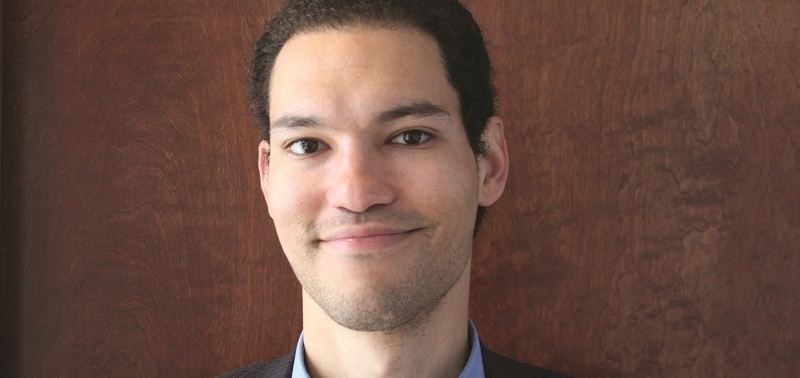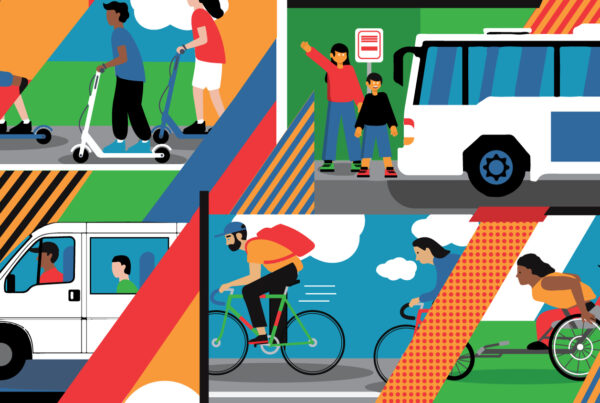Nonprofit ride-hailing company RideAustin launched in the Texas capital following the departure of Uber and Lyft, which shut down operations after failing to pass a referendum that would have allowed the companies to avoid using fingerprinting as part of driver background checks. RideAustin launched in June 2016, gave its 10,000th ride within 30 days, and is on track to surpass 100,000 rides within its first 100 days of operation. The nonprofit’s charity feature, which gives riders the option to round up their fare in a donation to a local charity, has been used by 5,000 riders.
Joe Deshotel will discuss the latest developments at RideAustin and the implications of “grassroots” ridehailing services at the 2016 National Shared Mobility Summit, taking place October 17-19 in Chicago. For more information, or to register, click here.
The following is a lightly edited version of the Shared-Use Mobility Center’s conversation with Mr. Deshotel.
Where did the idea for RideAustin come from?
When Uber and Lyft left Austin, they left a vacuum. They essentially built a factory and left it empty. There were a lot of riders who had come to rely on this type of service, and a lot of drivers who had become dependent on the income stream. We wanted something to replace these services that so many people had come to rely on.
Our founders were software developers and they basically said, if anyone can do this, it’s us. We’re Austinites, we understand our community. And because we‘re local and have no interest in expanding globally, we can do this using a nonprofit model.
What does it mean to be a “non-profit TNC”?
Being a nonprofit means we can shift our focus from expansion to finding ways to better serve the community. For instance, we’re going to experiment with taking revenue from our luxury product [similar to Uber Select] and using it to subsidize rides for low-income to people who wouldn’t normally be able to afford a ridesharing service.
We also have a feature that allows riders to round up their fares to the next dollar and donate the remainder to a local charity. We’ll be doing some free rides to the polls on election day. We want to be seen as an asset to the community.
We’ve also committed to sharing our data with Texas A&M, and are interested in working with city and transportation authorities, too.
Has it been challenging to try to operate on the same scale as Uber and Lyft?
At first we launched in just downtown Austin to try to replicate the scale and keep wait times down. Then we found out a lot of drivers lived in the suburbs and didn’t want to wait to pick up a ride until they were all the way downtown, so we expanded our service area.
The scale is there, but we need a bigger pool of drivers to meet demand. We left 2,400 rides on the table this last weekend. It’s tough to match supply and demand. You don’t want angry drivers. You don’t want people to have to wait too long. But we give our drivers the benefit of the doubt and work closely with them to solve any issues they might be having. We need each other to make this work.
What are you doing to recruit drivers?
We have incentives and bonuses to drive at certain times. We also just added a tipping feature, and are planning to launch “optional surge pricing” soon that would allow riders to pay a premium to get picked up sooner.
We’re ahead of the curve in terms of following the regulations that require fingerprinted drivers. It’s not a big deal for the drivers. I was actually surprised how little they seemed to be concerned. It definitely causes friction, but it’s not proving to be crippling. If you had to scale that across America, maybe it’s a different story.
Austin currently has eight different ridehailing companies. Do you see a future where there are more options in other cities?
There’s no way we can have that many long-term. You can maybe have three companies, but it has to operate at scale. Imagine if you had a Burger King and McDonald’s, but they used the same cashiers. And at lunch time Burger King had a great special and everyone rushed over there…it just doesn’t work.
I think drivers also prefer to be on only one platform. We hope that they like us, that we are clear about our mission and don’t have a profit motive. If Uber came back, we’d like to think drivers would stay with us.
What are you looking forward to at the National Shared Mobility Summit?
I’m looking to forward to attending some of the panels myself as well as networking and just kind of getting this concept out there. I’m also interested in meeting some transit directors from other cities, and other private tech companies that are working around the outskirts of the industry.
Register for the 2016 National Shared Mobility Summit today!


